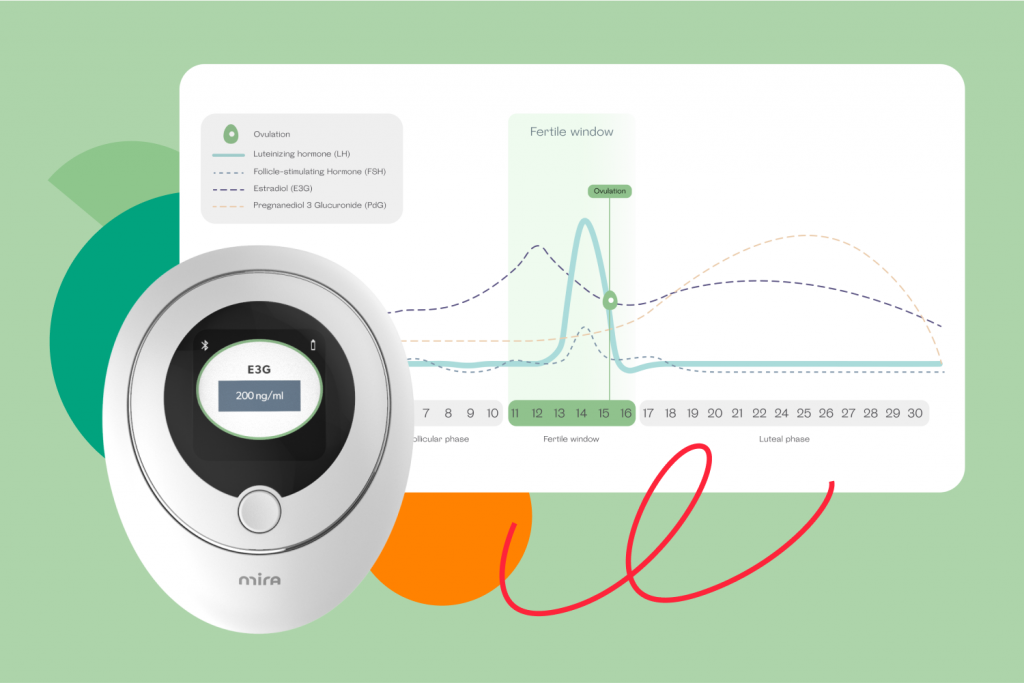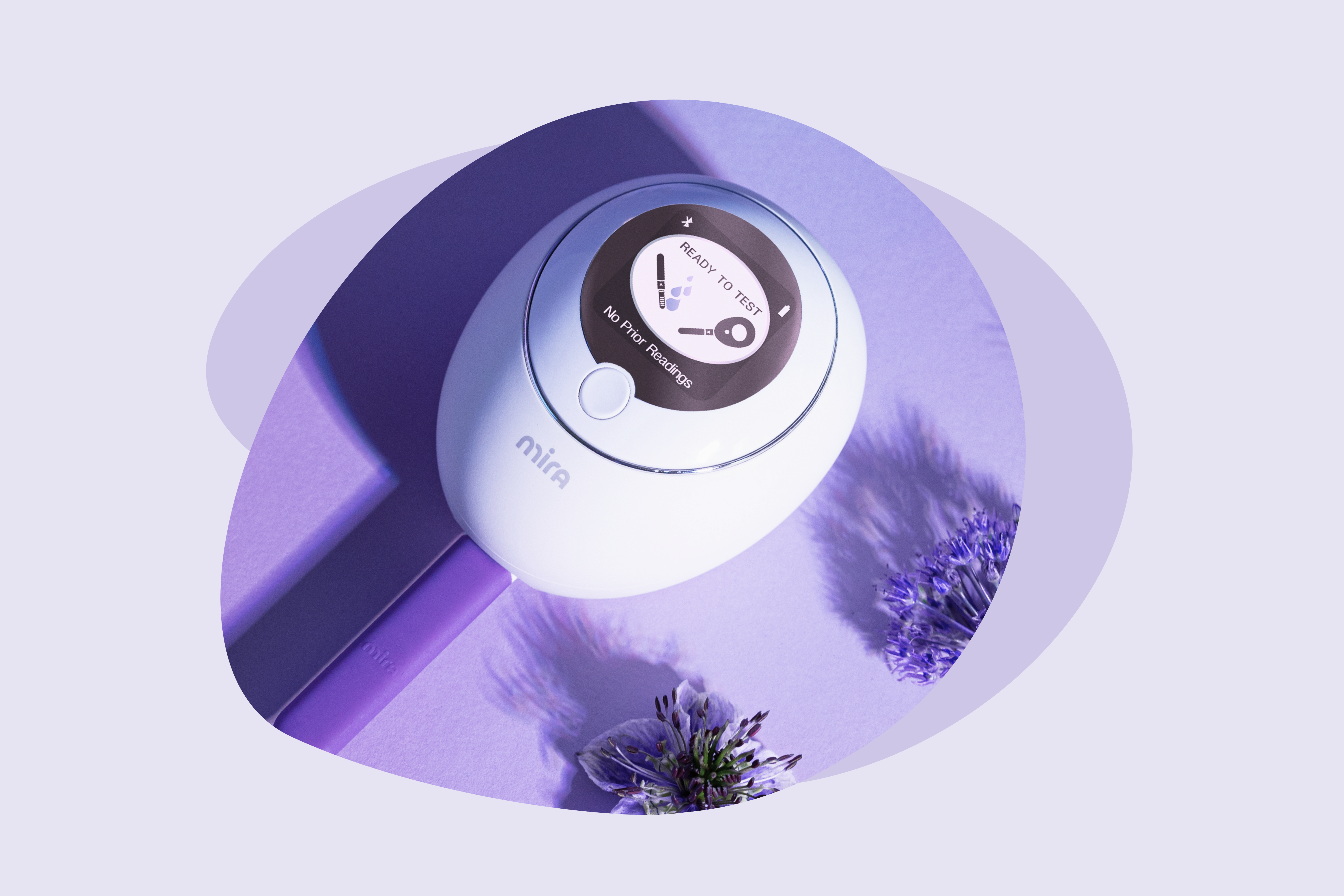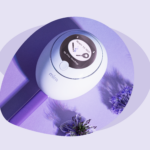This Incredible Device Shows You Exactly if You Ovulate or No

Your body performs a delicate dance of hormones each month that either results in a pregnancy or a period but how this happens is not exactly a mystery. A sperm needs to meet an egg at exactly the right time for the building blocks of life to come together and make a baby.
The “right time” is different for everyone thanks to those hormones but no matter what, for an egg to meet a sperm you must ovulate. Knowing exactly when you ovulate can make the difference between picking out nursery colors or picking between super and regular.
Keeping track of the timing of both of these events not only helps you plan a pregnancy but can be a powerful tool for your health as well.
This incredible device shows you exactly if you ovulate or not, allowing you to plan your pregnancy and your life!
Every menstrual cycle involves both ovulation and a period and being able to pinpoint the timing of these events is key for effective family planning. A better understanding of ovulation not only gives you more insight into your menstrual cycle, but it can help you get pregnant fast by detecting your most fertile time. After all, there are only a limited number of baby making days per cycle and when you’re TTC you want to make the most of them.
Traditional Methods to confirm ovulation (and what’s wrong with them)
Regardless of when you ovulate, your sex hormones follow a predictiable path before ovulation. The changes in estrogen and luteinizing hormone (LH) actually cause ovulation, and are one of the most accurate and consistent signs to track. Other signs and symptoms of ovulation strongly vary, but there are a variety of methods practiced to predict ovulation.
Basic test strips
Basic test strips for ovulation and ovulation predictor kits (OPKs) are at-home tests used to measure the hormones that indicate ovulation. They come in a variety of forms and work by detecting the presence of LH in urine (past a certain threshold). While these tests may be fairly easy to use, widely available, and inexpensive they aren’t without their pitfalls.
These strips are prone to false results and some people have trouble reading them (especially if your LH levels are low!). And while they do detect the presence of LH in urine, it’s possible for LH to surge and an egg to never release, so they can’t actually confirm that ovulation has happened. Not only that but using them month after month can become an ongoing expense, and if you have irregular cycles or are having trouble conceiving they can start to add up.
Basal body temperature (BBT)
Your basal body temperature (BBT), or your body temperature at rest, increases about 0.5°F about 12 hours after ovulation. You can use this increase in BBT to predict in the following cycles when you are most fertile. But unlike normal body temperature, BBT can only be measured first thing in the morning and requires a special thermometer that measures even slight changes in temperature. You’ll need to use this thermometer every morning at the same time and keep track to chart the changes. Your fertile window starts about 4 days before BBT surges so by the time you track the temperature surge, it’s already too late to predict the entire fertile window.
Although there are a lot of studies on the pros and cons of the BBT method, there are even more factors that can cause it to fail. Issues with consistent tracking, variable cycles, and lifestyle factors are all reasons that BBT can be a difficult method to predict ovulation, not to mention it’s one of the least reliable methods of fertility tracking.
Blood tests
Hormone levels can also be tested using blood tests but you’ll need to go to a clinic or doctor’s office to have them done. Although they are widely used, they only show a snapshot of your hormones at a specific point and are not the best for measuring certain hormones like estrogen. Urine testing uses a urine sample to measure metabolite levels of certain hormones and is both economical and reliable.
Ovulation signs
Ovulation signs and symptoms can vary greatly. Many don’t even know they are ovulating and only some will experience symptoms. The timing of this process naturally fluctuates from month to month and you may or may not see the signs. Some experience pain during this time, usually in the lower abdominal area and usually on the side of whichever ovary is releasing the egg. Other signs of ovulation include a rise in basal body temperature, changes in cervical mucus and position, as well as headaches and nausea, breast tenderness, and changes in your libido.
What is Mira
Mira is a hand held digital fertility analyzer that measures the numeric levels of fertility hormones with a urine test. Mira tracks and analyzes your data with its revolutionary AI-powered readings, to learn about your cycle and show your fertile window up to 6 days, allowing you to make the best decision during this time. By measuring three key fertility hormones, you gain a detailed overview of your entire cycle, including your fertile days.

Mira uses lab-grade technology and AI to learn about your unique hormone levels and their patterns even if your cycles are irregular. You don’t get false positives or missed peaks with Mira because it learns about your cycle through time and offers personalized fertility insights. With Mira your daily levels of actual hormone concentrations are measured (with 99% accuracy) to detect when ovulation does (or does not) occur.
What’s makes Mira so different
Unlike other methods or tests, Mira reveals actual numeric hormone scores. Numeric hormone levels allow you to compare readings and access your information within the App. You will receive personalized fertility insights based on your unique hormone data and also learn your changing hormone patterns. These precise measurements mean no more missed peaks, hard to read lines, or charting every day, not to mention keeping track of lifestyle factors that can impact your fertility.

Combining the latest science and technology, Mira allows you to track exact hormone levels at home. Using a handheld device paired with a smart health tracking app, Mira provides personalized and accurate ovulation analysis through lab-quality hormone tracking. The system uses urine samples to track luteinizing hormone, estrogen ,and pdG to give you a clear idea of when you’re ovulating and when you’re most likely to conceive.
How it helps to track ovulation
Following their predictable path before ovulation, the changes in estrogen and LH levels actually cause ovulation, or the start of your fertile window. Estrogen usually rises in the three to five days leading to ovulation while LH surges 24 to 36 hours before and peaks 10 to 12 hours prior to ovulation.

Hormone testing is the most scientifically trusted way to detect a fertile window. Mira takes the guesswork out of fertility tracking by analyzing your hormones to predict your fertile days. By tracking your cycle with a digital fertility analyzer you can make informed decisions through every stage of your cycle and identify exactly when your fertile days occur. Mira has helped over twenty thousand people get pregnant through hormone tracking.
Mira not only helps you predict your ovulation and detect your fertile window, it can also confirm ovulation as well. After ovulation, progesterone levels go up for about 5 days before going back down if you are not pregnant. A progesterone test confirms ovulation and it helps to check the health of a pregnancy.
TTC can be even more challenging when your periods are irregular or you have a condition that affects the ovaries like PCOS. Hormonal imbalances mean ovulation may not always take place and levels may not follow predictable patterns, making ovulation testing that much more challenging. With Mira, you can see your actual hormone levels and curve and see your ovulation based on your personal baselines and thresholds. The hormone data that Mira provides can be extremely useful for those with these types of conditions.
Mira’s Editorial Process
All content produced by Mira meets stringent editorial standards, ensuring excellence and accuracy in language and medical precision. Every piece undergoes thorough fact-checking and review by qualified professionals. Check out our full editorial process to learn more.










